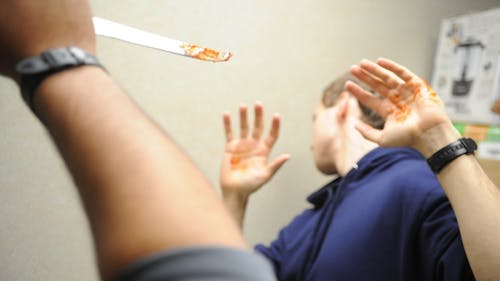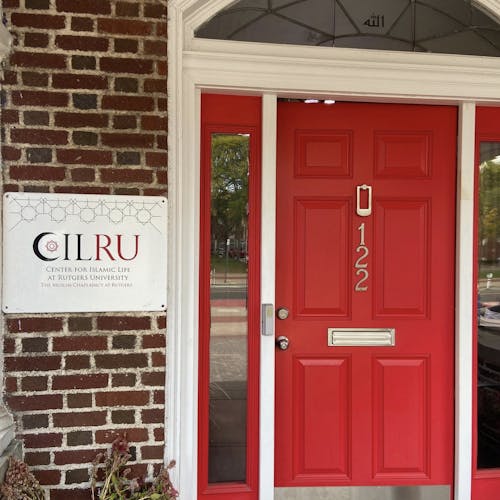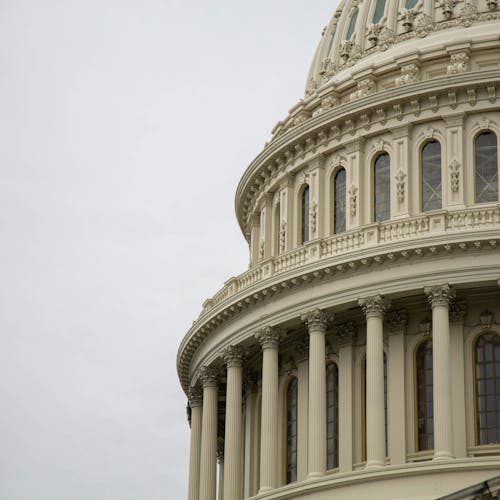Monsters teach Rutgers students about psychological conditions

The Department of Psychiatry is inviting Rutgers students and surrounding community members to join them on their "March to Madness."
March to Madness is a tournament that will pit 64 monsters in head-to-head bouts. During each day of the tournament, Twitter users will decide which beast, fiend or devil will be named the better monster.
The Student Committee on Resident Education and Media, a formal elective offered by the Robert Wood Johnson Medical School, gathered iconic monsters and miscreants to compete in the tournament, said Anthony Tobia, an associate professor in the Department of Psychiatry.
“Horror movies capture motifs that are universally experienced by people over generations, and that’s why horror movies with these repeating motifs still resonate with us today. The babysitter that neglects the child because they invite the boyfriend in always turns out to be problematic,” he said.
The monsters, in turn, can teach medical students about the vast array of psychological conditions their future patients will face, said Michael Ullo, a Robert Wood Johnson Medical School fourth-year student.
“Horror monsters serve as an illustration for the psychopathology that we learn about in medicine,” Ullo said. “By relating famous characters from horror films to psychiatry, we hope to make a connection that will stick with our medical colleagues as they pursue their career of choice.”
The impact is visceral and can seen by watching moviegoers, Tobia said.
“As we see things … on the screen, we see things that we hide from our conscious awareness,” he said. “Some of us will walk out of a movie because we can’t tolerate the thought that we could do that and some of us actually will sit and watch this movie and really enjoy it.”
The initial pool of monsters exceeded the amount of available slots, Tobia said.
To help the tournament reach as many people as possible, some monsters had to be cut, Ullo said. Iconic monsters and films were more likely to make the cut.
“Members of the elective are somewhat of a self-selective group who have an interest in horror films to begin with,” he said in an email. “We had to cut characters from lesser known films to make the project more relatable.”
The tournament’s start will coincide with the tip-off of March Madness, the National Collegiate Athletic Association’s annual Division I basketball tournament, Tobia said.
Twitter users will vote in polls put up by Tobia during the tournament. The polls will all be put up on Tobia’s Twitter, which can be found at @ATobiaMD. Tobia will also answer questions posed to the Twitter account, he said.
The use of new media, in this case Twitter, is part of the department’s campaign to move away from the traditional lecture hall model, Tobia said. Instead of having to attend an in-person lecture, students can consume the same information on their own time with only an Internet connection.
“The medical school in general has certainly moved into the media aspect of teaching. All of our lectures are podcast, and the (number of participants in seats in a lecture) has dropped precipitously over the past 10 years as a result,” Tobia said.
The podcasts allow the lessons to reach more students than a lecture hall would fit, he said. Seating capacity has become a thing of the past.
But the convenience comes with a price. The drop in physical attendance has demoralized a number of the medical school’s guest lecturers, keeping some from returning for another semester at the University. But the shift is natural, Tobia said.
“It’s only a matter of time before social media like twitter replace the podcast,” he said. “It only makes sense then that if media has taken that role that social media is soon to hit medical education within the next few years.”
The medical school already employs a number of courses that use Twitter and Periscope, a live-streaming app.
The future of medical education will revolve around technological advancements, Ullo said.
“We are already seeing that with the advent of the ‘flipped classroom’ in the pre-clinical curriculum, where students learn at home and come to school to have clinically oriented discussions,” he said. “I love the use of Periscope, as we are able to reach an audience we never thought possible.”
____
Nikita Biryukov is a School of Arts and Sciences junior majoring in journalism and media studies. He is an associate news editor for The Daily Targum. Follow him on Twitter @nikitabiryukov_ for more.



